When selling your home, it’s essential for potential buyers to envision themselves living there. One of the most effective ways to create this connection is through staging—decorating your home in a way that makes it more inviting and appealing to prospective buyers.
Staging a house can make all the difference when it comes to selling quickly and at a desirable price. It transforms a space, allowing potential buyers to see its full potential and imagine it as their future home. But how much does home staging actually cost? Understanding the expenses involved can help you make an informed decision and budget effectively. In this guide, we’ll break down the costs of home staging, covering everything from furniture rentals to professional staging services, so you’ll have a clear picture of what to expect and how to maximize your investment.
How Much Does Home Staging Cost?

Home staging costs vary widely, reflecting a range of factors such as the home’s size, the level of staging services required, location, and the staging company selected. Generally, staging expenses for a property can range from a few hundred dollars to over ten thousand, depending on whether the home is occupied, vacant, or part of the luxury market. At the basic level, a staging consultation typically costs between $150 and $600. During a consultation, a professional stager offers advice on decluttering, reorganizing, and minor adjustments to improve a home’s appeal without adding new furniture or decor.
For homes that need minimal staging, such as occupied homes that simply require accent pieces or decorative touches, costs often range from $500 to $1,500. However, full-service staging, which includes furniture rentals and decor items brought in to create a cohesive, inviting look throughout the home, is generally more costly, starting at $2,000 and often ranging from $3,000 to $6,000 or higher.
Monthly furniture rental fees for vacant homes can add to the overall cost, averaging around $500 to $1,500 per month. These recurring fees cover the rental of high-quality furniture and decor, which are essential in helping buyers visualize the space as a potential home. In competitive markets, or for luxury homes, full-service staging can exceed $10,000, as it often involves high-end furniture, artwork, and design elements to appeal to discerning buyers.
Additionally, the scope of staging can be tailored to specific rooms, such as living rooms, kitchens, and master bedrooms, or extended throughout the entire house to create a seamless flow. Some sellers opt to stage only key rooms to save on costs, which can still produce a positive impact while remaining budget-friendly. While staging is an investment, many sellers find it worthwhile due to its potential to shorten listing times and boost the final sale price.
Well-staged homes typically attract more interest from buyers, sell faster, and may even receive multiple offers, increasing the seller’s chances of achieving or exceeding the asking price. As a result, real estate agents often recommend staging to clients as part of a comprehensive sales strategy. Ultimately, the cost of home staging is influenced by the specific goals of the seller and the local market, but with its proven benefits in helping homes stand out, it is seen as a valuable tool in real estate sales.
Also Read about : 8 Stylish Home Staging Ideas to Boost Your Property’s Appeal
What is the role of a home stager?

A home stager plays a crucial role in preparing a property for sale by making it as appealing as possible to prospective buyers. Their primary job is to enhance the appearance of a home, transforming it into a visually inviting and welcoming space that potential buyers can easily envision themselves living in.
Home stagers are skilled in interior design, color coordination, and spatial arrangement. They often bring in furniture, decor, and accessories to create a cohesive, balanced look that highlights the best features of the home. By arranging rooms in an attractive way, home stagers can help create a positive first impression, which is key in a competitive real estate market.
Beyond just decorating, a home stager also considers the specific target demographic for the property and tailors the staging to appeal to that audience.
For instance, if a property is in a family-oriented neighborhood, the stager may choose decor that creates a family-friendly feel. Stagers work closely with real estate agents to ensure the home’s aesthetic aligns with the marketing strategy, creating photos that stand out in listings and helping to attract more showings.
Ultimately, their goal is to increase the perceived value of the property, helping it sell faster and potentially for a higher price. The work of a professional home stager can be instrumental in setting a home apart in the eyes of buyers, providing a competitive edge in the real estate market.
Each stager brings a unique perspective and offers a variety of services. Some may include shopping for and adding items like houseplants, accent pillows, or updated bedding. “Many stagers also rent these items and come in to style the home prior to photos and open houses,”
Other services a home stager might offer include:
- Discussing how best to furnish a space and recommending which furniture, window treatments and accessories should be removed, added or changed.
- Highlighting any necessary repairs or maintenance tasks.
- Advising on which rooms should be staged, especially in vacant homes, as not every room usually requires staging.
- Guiding homeowners on how to transform undefined spaces. Homes with unusual rooms or unconventional layouts can be enhanced through thoughtful staging and strategic furniture placement.
Virtual staging
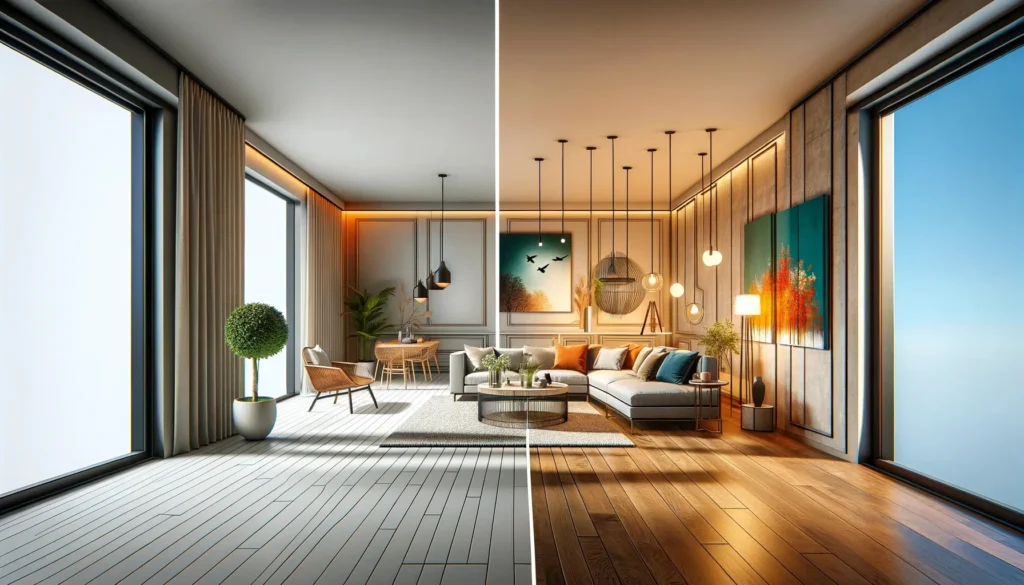
Digital staging, which involves virtually adding furnishings to room photos, offers a more affordable option. For online buyers, these staged images can create an appealing first impression and encourage them to visit the property in person.
Many companies rely on photo editing software to create conceptual visuals of how a room might look. This can involve virtual remodeling, such as updating a kitchen, changing paint colors and flooring, adding or removing furniture or artwork, and even adjusting window views to reflect seasonal changes (for instance, adding lush summer foliage to trees photographed in winter).
Virtual staging is a powerful tool used in real estate to digitally furnish and decorate empty or sparsely decorated spaces, making them more appealing to potential buyers. By using advanced photo editing software, virtual staging allows real estate professionals to create lifelike visuals that showcase the potential of a property without the need for physical furniture or decor.
This process can include adding modern furniture, stylish decor, art, and lighting effects to suit a target market or design trend. Virtual staging can also illustrate different room layouts, provide seasonal variations, and even highlight potential renovations, all of which help buyers envision how they might use the space.
This affordable and efficient technique helps listings stand out, often leading to faster sales and better offers by making spaces feel warm, inviting, and tailored to buyers’ tastes.
Is the cost of staging your home worthwhile?
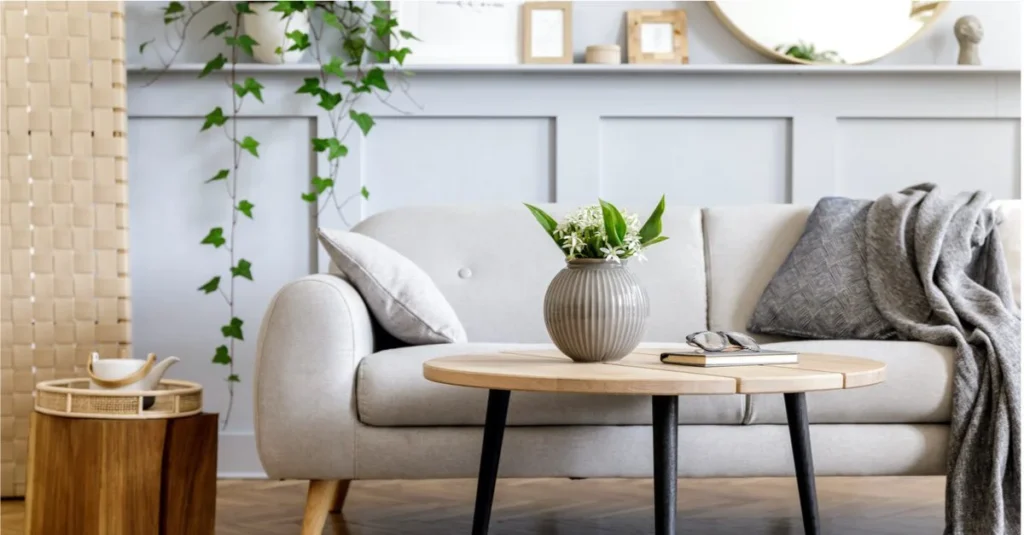
Staging a home can make a significant difference in the sale process, often leading to a quicker sale and a higher selling price. The cost of staging varies widely, but it typically includes furniture rental, decor, and professional staging fees.
While some sellers may hesitate to invest in staging, studies show that staged homes not only attract more potential buyers but also allow those buyers to envision themselves living in the space. This emotional connection can be key in making a strong offer.
Additionally, well-staged homes often photograph better, enhancing online listings, which is crucial in today’s digital-first home-buying environment. In many cases, the return on investment from staging can exceed the initial cost, making it a worthwhile consideration for sellers aiming to maximize their sale price and minimize time on the market.
How to save on home staging cost
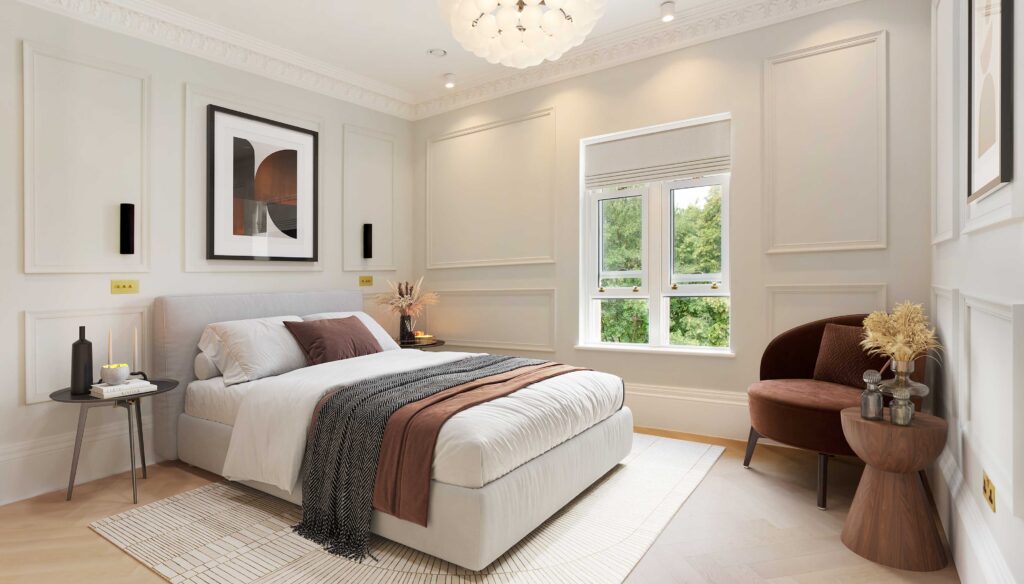
If you’re interested in staging but worried about the cost, here are some smart strategies to help you save on physical staging expenses:
Put a professional’s ideas into action yourself:
Sellers frequently pay only for a consultation with a staging professional and then handle some of the actual work themselves to reduce costs.
Don’t tackle every room:
Staging just a few rooms instead of the entire house helps lower costs.
Put in order:
Clear out clutter and give the home a thorough cleaning so buyers can focus on the space itself, not your belongings. If necessary, consider renting a storage unit or using a friend’s basement or garage to temporarily store items.
Brighten up:
Giving your windows a thorough cleaning can highlight your home’s natural light. Updating your lighting fixtures can further enhance rooms, making them feel more spacious. Additionally, clean, freshly painted white walls can bring a brighter, more open atmosphere to any space.
Clarify the timeframes:
To save on home staging costs, clarify the timeframes upfront. Set clear dates for staging setup and removal to avoid extra fees for extended rentals. Knowing the duration helps you and the stager plan efficiently, reducing the likelihood of costly delays or unnecessary additional charges. Clear timing minimizes expenses.
FAQs
What is home staging and is it worth the cost?
Home staging is the process of furnishing and decorating a property to make it more appealing to potential buyers. By enhancing its appearance, staging can help buyers envision themselves living there. Although it involves upfront costs, many find it worthwhile, as staged homes tend to sell faster and at higher prices.
What is the difference between physical and virtual staging?
Physical staging involves setting up real furniture and decor in a property to make it more appealing to buyers. In contrast, virtual staging uses digital software to add furnishings and decor to photos of empty spaces, offering a cost-effective and flexible way to showcase the property’s potential.
How do you quote home staging?
To quote home staging, assess the property size, location, and scope of work, including furniture rental, décor, and labor. Factor in the duration of staging and any special requests from the client. Typically, provide a detailed itemized quote with pricing for initial setup, monthly rental, and any additional services.
How do I stage my room?
To stage your room, start by decluttering and cleaning thoroughly. Add neutral-colored bedding, pillows, and rugs to create a fresh, inviting look. Use mirrors to enhance light and add plants for a natural touch. Arrange furniture to highlight space and flow, creating a cozy, welcoming atmosphere.
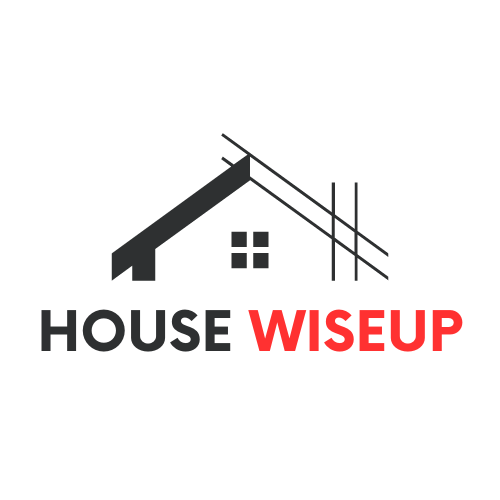



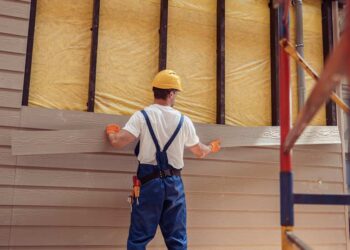



Can I ask a quick question about your site? https://google.com/?aton
Roaton